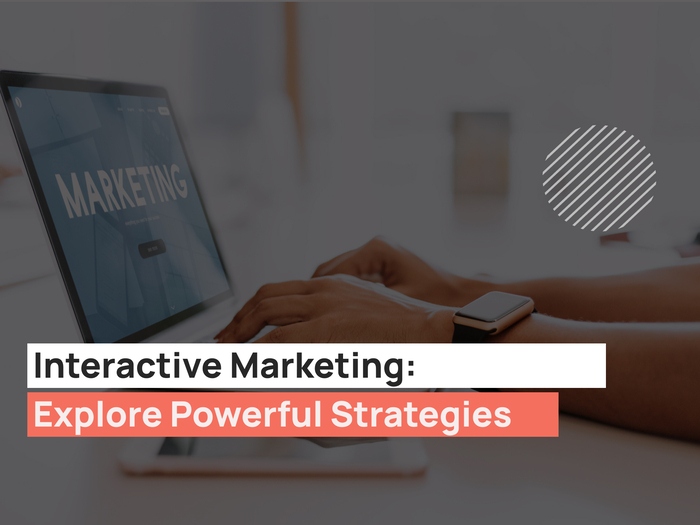The business is about emerging trends, risks, and opportunities. It can feel intimidating to take precarious steps in the field of business. What if you get swept in the unexpected wave and suffer the loss? What if there was a way you could easily predict the changes and overtake your competitors easily?
Competitive intelligence provides you with a thorough incel into the evolving market dynamics. It assists you in spotting the trends and challenges early so you can better prepare yourself against any potential obstacles ahead of time. Here’s a comprehensive guide to the importance of competitive intelligence to get you started!
Let’s begin!
What is a competitive intelligence strategy?
Competitive Intelligence (CI) is a subcategory of marketing and research that focuses on monitoring, gathering, and analyzing the data – including information, insights, and reports – about a company’s competitors, customers, and other market indicators to boost the business’s activities in the competitive market.
Competitive Intelligence analysis is a crucial business strategy. It helps a business design robust business strategies by securing information from a business’s competitors, industry, and the overall market to get ahead of the competition.
What’s the difference between competitive intelligence and market intelligence?
Competitive and market intelligence are often mixed up. However, both are different disciplines of business marketing and are equally important in helping a business move ahead in the market. Here are a few differences between the two:
| Competitive intelligence | Market intelligence |
| A research is conducted to gather and assess the data to understand a brand’s competitor. | Information on the external market environment, including market growth and current market trends, is gathered to improve a brand’s products and services. |
| It focuses on the competitors and analysis of the competitors’ market share, pros and cons, and their influence on your business. | It focuses on the consumer. Thus, understanding consumer tastes and preferences, to add new features to your product and maybe expand to a new geographical location, as well. |
| Business-focused | Customer-focused |
Why is competitive intelligence important
Do you know that 90% of comparative intelligence professionals have claimed that the practice has to the success of their company?
This is because they have recognized the qualitative and quantitative importance of competitive intelligence. Therefore, they’re adamant about taking action based on the data leveraged by the assessment of CI.
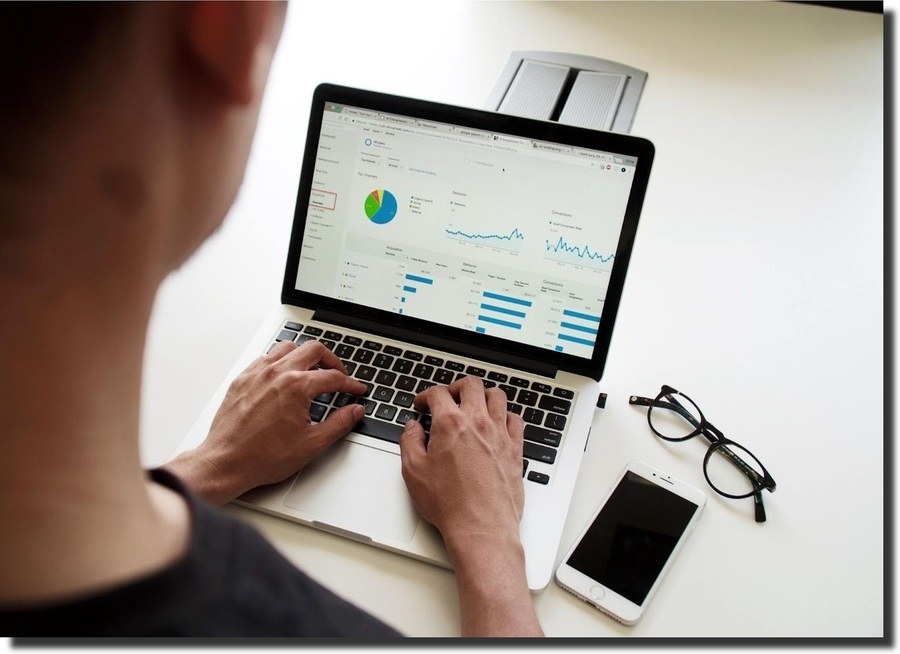
Essentially, if you want to thrive in the competitor’s market, you should invest in a strategic Competitive Intelligence research program.
Here are a few reasons why is competitive intelligence important for your business:
- It helps a brand make informed business decisions.
- You can streamline the workflow and launch of the product by a market analysis.
- The practice can help you identify the perception of your brand in the market and the opinions of your customers.
- Companies can generate more leads, boost sales and improve profitability.
- You can identify the shifts in the market beforehand.
- Comparative Intelligence can also help you identify the gaps in your business strategy and help you improve them effectively.
- Data analysis can help you establish strategies against your competitors.
Types of competitive intelligence
There are two types of competitive intelligence analysis:
| Tactic intelligence | a shorter-term process that only provides data information on issues such as increasing profitability and capturing market share. |
| Strategic intelligence | a long-term process that focuses on determining the opportunities and risks that a business might face. |
Examples of competitive intelligence
Air tickets
Have you ever observed a sudden rise or decline in the price of flight tickets? This is all because of competitive intelligence. It is one of the examples of competitive intelligence.
The airline conducts one competitive intelligence best practices. CI professionals in the airline industry always keep an ethical check on competitors’ activities. This can include price fluctuations, adding more routes, and more.
They constantly suggest changes in flight ticket prices and promotions based on thorough research of external information. For example, if a competitor increases its price for a particular route, another airline company would quickly follow suit.
Likewise, customer data is also analyzed to determine the prices of the flights and change them accordingly.
Startups
You might have observed startups taking the market by storm and overtaking the traditional ‘big businesses’ by creating a significant presence in the market.
It seems unbelievable. How can a startup compete and advance a traditional company with more experience and clientele? This is all because startups have recognized the need for competitive intelligence research in the industry, so it has become a competitive intelligence best practice.
By applying this practice to their brand, many small businesses and startups have assessed, processed, and developed market strategies to deliver excellent and top-notch products. For instance, Airbnb shook the hotel industry by gaining an advantage over them thanks to the art of competitive intelligence monitoring. By 2020, their compound growth rate has been 153%.
Steps to building an effective competitive intelligence program
Competitive intelligence is integral to the success of a company. It empowers a company to boost its presence in the market, enhance the brand’s value and ultimately generate more revenue. Here are the steps to conduct the practice to receive the maximum results:
Identify your competitors
The first and most important step in creating an effective CI strategy is identifying your potential competitors. Have an extended market landscape?
Don’t worry. Make a list of the five direct competitors based on the threat level. They are the ones who offer a similar product or service and target the same audience as you do.
You also need to compile a list of indirect competitors who are not selling the same product but target the same user persona.
Establish the objectives
Before you officially begin on CI program; you need to ask yourself the important question, What am I looking for? This will narrow down your research so you can drive your focus to a specific problem rather than tackling too many things at once. For instance, you might want to analyze their social media marketing strategies to improve yours.
Gather the information
Now that you know what your end goal is, you can conduct deeper research to collect the data. Let’s say you want to identify the social media marketing strategy. So, you will look for digital marketing campaigns, customer interactions, advertisement networks, and more. This is the most time-consuming part of the program as it takes over 36% of the time dedicated to CI.
Competitive analysis of the data
Now that you have gathered the data, it’s time to analyze it thoroughly. You can scroll down to the CI tools to find the perfect tools to help you with the analysis.
Share the insights with the key stakeholders
There is no point in gathering so much incel if you don’t communicate the findings to the stakeholders.
Share it with them via email, face-to-face, or remote tools such as Slack to ensure that the information is being actively used.
Sharing such insights can immensely help your business revenue. Plus, more than 70% of businesses have hired CI teams of professionals .
Sources of competitive intelligence
If you’re wondering where to gather competitive intelligence monitoring data on your competitors, here are a few places to get started:
Your competitor’s website.
The best place to accurately collect the data regarding your rival’s value in the market is to visit their website. You can easily analyze their products, pricing, services, and even their marketing strategies. You can assess their taglines and color palette to determine the perception they want to make in the eyes of the customer.
Social media platforms
One of the best sources of competitive intelligence to gather data regarding competitors’ customers is their social media comment sections. What is their audience talking about? You can observe their marketing strategy. Some brands choose to post witty captions, while others like to pen down more emotional ones. Observe the effect of both on the audience.
Additionally, you can pay close attention to their frequency of posting, their ads, and the social media platforms they use more often.
Press
Look up your competitors on Google News, Twitter hashtags, etc., and you’ll come across the news on the company’s affairs, events, and press releases.
If your company has a News page on its website, you can check that for new updates; funding, products, collaborations and marketing campaigns, etc. Several brands also publish their annual financial reports, annual reports, and case studies, which can help you conduct thorough research into the competition and overall market.
Product reviews
Product reviews on third-party websites can immensely help you determine a company’s value in the customer’s mind. This is where you will find the most honest feedback on the customer’s products or services. This competitive incel can help you analyze the essential information about your competitors, including their strengths and weaknesses, and use it to gain a competitive advantage over them.
Best competitive intelligence tools
G2 Crowd
G2 Crowd might seem like a peer-to-peer review website targeted at consumers. But, competitive intelligence professionals can utilize the detailed reviews and feedback that the website offers to analyze the business landscape deeply.
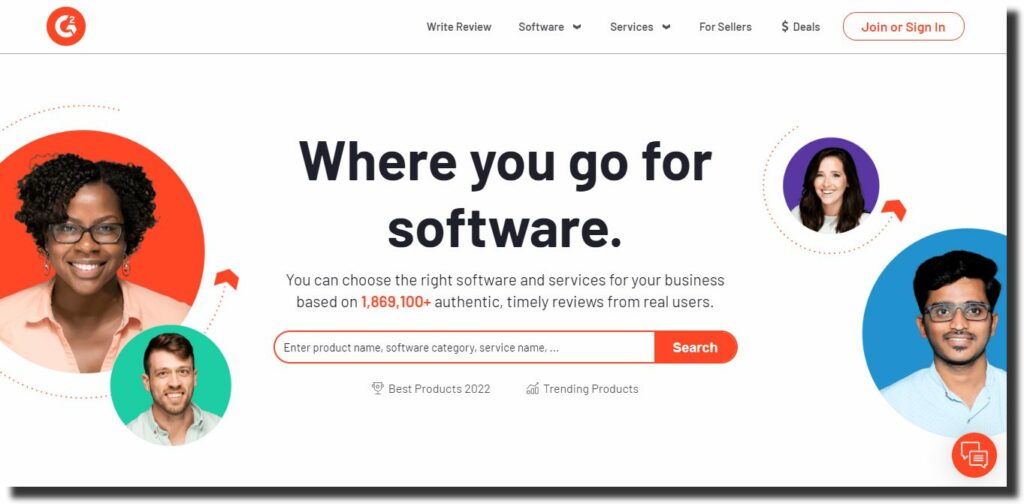
You can leverage incel regarding competitors; understand the ranking of different businesses in your market based on customer satisfaction and market presence, and use it to your advantage.
Kompyte
Kompyte is an AI-programmed CI software that provides detailed market insights to help experts overtake their competitors.
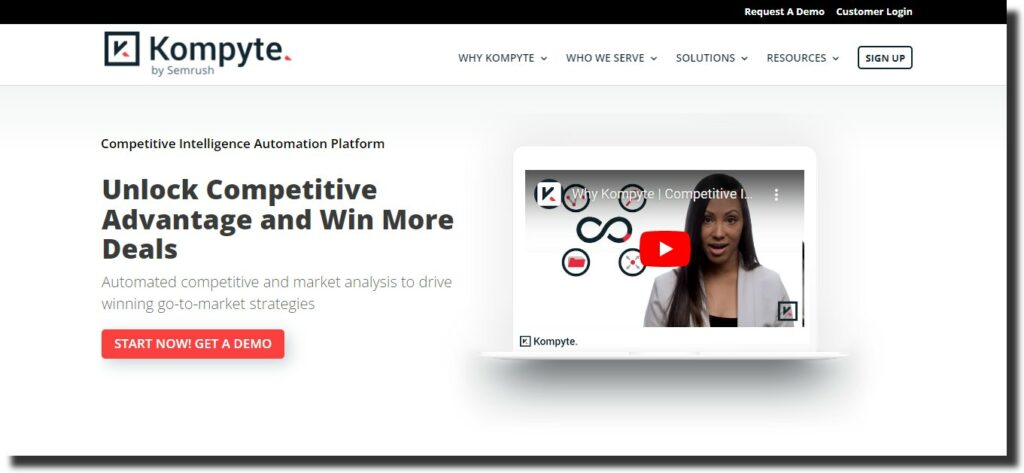
The software is equipped with machine learning with the ability to gather, assess and organize the data to help a brand generate insights in real-time.
Kompyte offers a plethora of features such as automated workflows, reports, custom dashboards, and tools for competitive analysis; the software can alert you of the ever-changing market trends so you can keep up with them.
Market Explorer
Market Explorer makes the task of researching the competitive landscape a piece of cake.
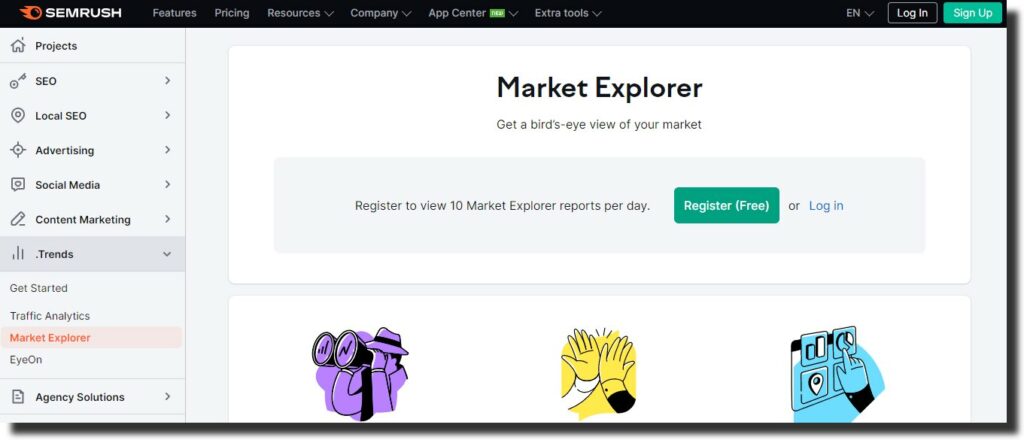
All you have to do is enter a single domain; the software will curate a list of all the organic competitors and industry rivals. You can also check the market summary section to determine the levels, size, and shares of the market among competitors.
Social Searcher
If your brand is more focused on social media marketing, then Social Searcher is a perfect solution for you to analyze the strategies, ideas, and topics that are emerging as trends in your niche.

The software allows you to search across various social media for particular content, user trends, and popular keywords. You can also filter out the specifics that you’re looking for.
Wappaylyzer
Technology has become an essential part of everyday business. It’s deeply integrated into the framework of business.
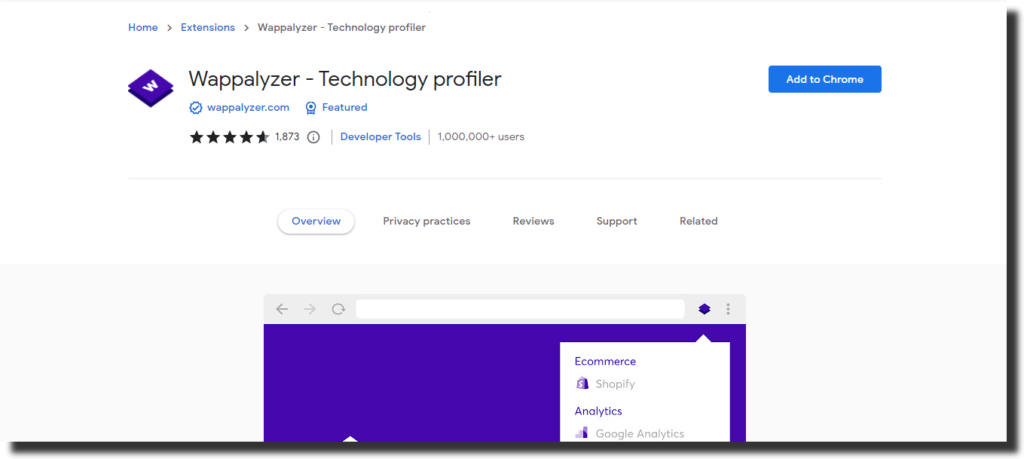
Therefore, If you want a simple, easy-to-use browser-based software to analyze your competitor’s websites, then Wappaylyzer is one of the best competitive intelligence tools!
It’s a browser extension that can easily analyze and enlist all the technologies used by competitors on their websites.
Moreover, the tool can also identify web frameworks, analytic tools, advertising networks, cache, CRM, CMS, CDS, and many more.
Prisync
Do you wish there was software that could easily update you on the pricing details of a competitor’s alternative to your product?
If yes, Prisync is here to help you keep a record of the products your competitors sell, track the inventory, alert you on the change in prices and escalate your marketing strategy.
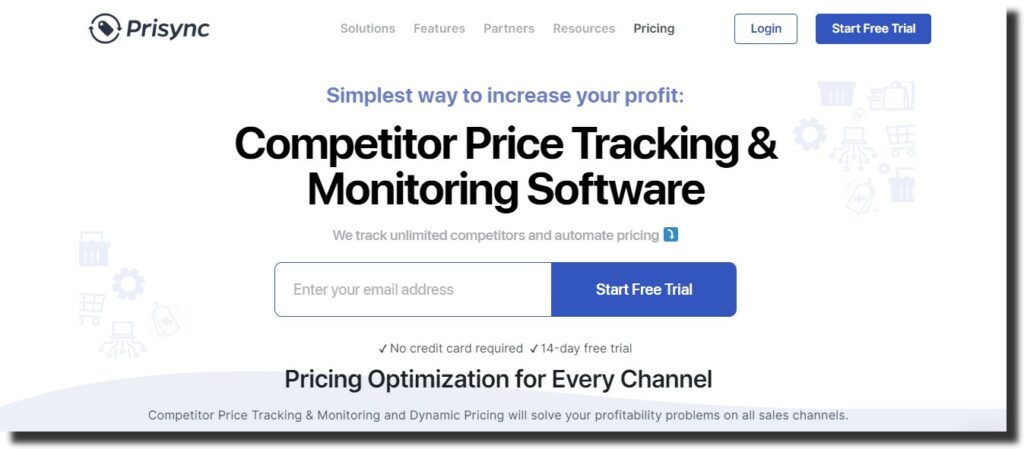
The best part is: with a user-friendly interface and dashboard; you can easily track the competitor’s data and positioning to gain a thorough understanding of the market landscape and predict any abrupt changes in their pricing and promotions beforehand.
Key Takeaway
Competitive intelligence is fundamental to a business’s success in the market landscape. It is a practice for assessing a company’s competitors, market shares, and other information. In this article, you can find a comprehensive guide to CI, including examples, tools, sources, and more.

